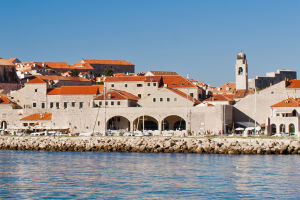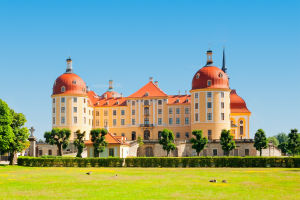Geographical Wonders of Pamir
Position and Extent
The Plateau of Pamir, famously called the "Roof of the World," is a high-altitude marvel located in Central Asia. This expansive region spans across parts of Tajikistan, Afghanistan, Kyrgyzstan, and China.
At the confluence of several mountain ranges, it boasts towering peaks, some exceeding 7,000 meters (23,000 feet). Notably, Ismoil Somoni Peak, formerly known as Peak Communism, rises to a remarkable 7,495 meters (24,590 feet).
Landscape and Natural Features
The Pamir region is defined by rugged terrain, vast plateaus, deep valleys, and breathtaking glaciers. Snow-capped peaks, glacial lakes, and powerful rivers like the Amu Darya, Panj, and Vakhsh originate here, nurturing life and providing critical resources for surrounding areas. Its dramatic vistas and pristine environment make it an awe-inspiring geological wonder.
Historical and Strategic Significance
A Crossroads of Civilizations
For centuries, the Plateau of Pamir has been a critical link in the ancient Silk Road, connecting East and West. This strategic location facilitated trade, cultural exchange, and the flow of ideas, earning Pamir a reputation as a melting-pot of ethnicities and traditions.
Legacies of Explorers
Famous adventurers like Marco Polo, Xuanzang, and Ibn Battuta journeyed through the Pamirs, leaving accounts of their encounters with the local people and the region's majestic beauty. These narratives immortalize Pamir’s role as a beacon of exploration and cultural convergence.
Ecological and Environmental Importance
Biodiversity Hotspot
Dear Lykkers! The Plateau of Pamir is home to a diverse array of habitats, ranging from alpine meadows to barren deserts. This biodiversity supports rare species such as the snow leopard, Marco Polo sheep, and Siberian ibex, making the region vital for ecological conservation.
Water Resources
The melting glaciers and snowfields of the Pamirs feed vital rivers, ensuring water supply for agriculture, hydroelectric power, and daily needs. These water systems are lifelines for millions, emphasizing the region's environmental significance.
Cultural Heritage of Pamir
Ethnic Diversity and Traditions
The Pamir region hosts a vibrant mosaic of ethnic groups, including the Pamiris, Kyrgyz, Tajiks, and Wakhi people. These communities preserve unique customs, languages, and artistic expressions, contributing to the cultural richness of the area.
Folklore and Historical Structures
Pamiri folklore, oral-traditions, and historical landmarks such as caravanserais and mausoleums from the Silk Road era reflect the deep-rooted cultural and historical significance of the region. Traditional music, dances, and handicrafts further highlight the artistic legacy of the Pamirs.
The Plateau of Pamir, aptly named the "Roof of the World," exemplifies the harmony of natural grandeur and human resilience. Its towering peaks, ecological importance, and cultural wealth create an enduring legacy that continues to inspire explorers, researchers, and nature enthusiasts. Preserving this remarkable region is crucial to ensuring its beauty and significance endure for future generations.


